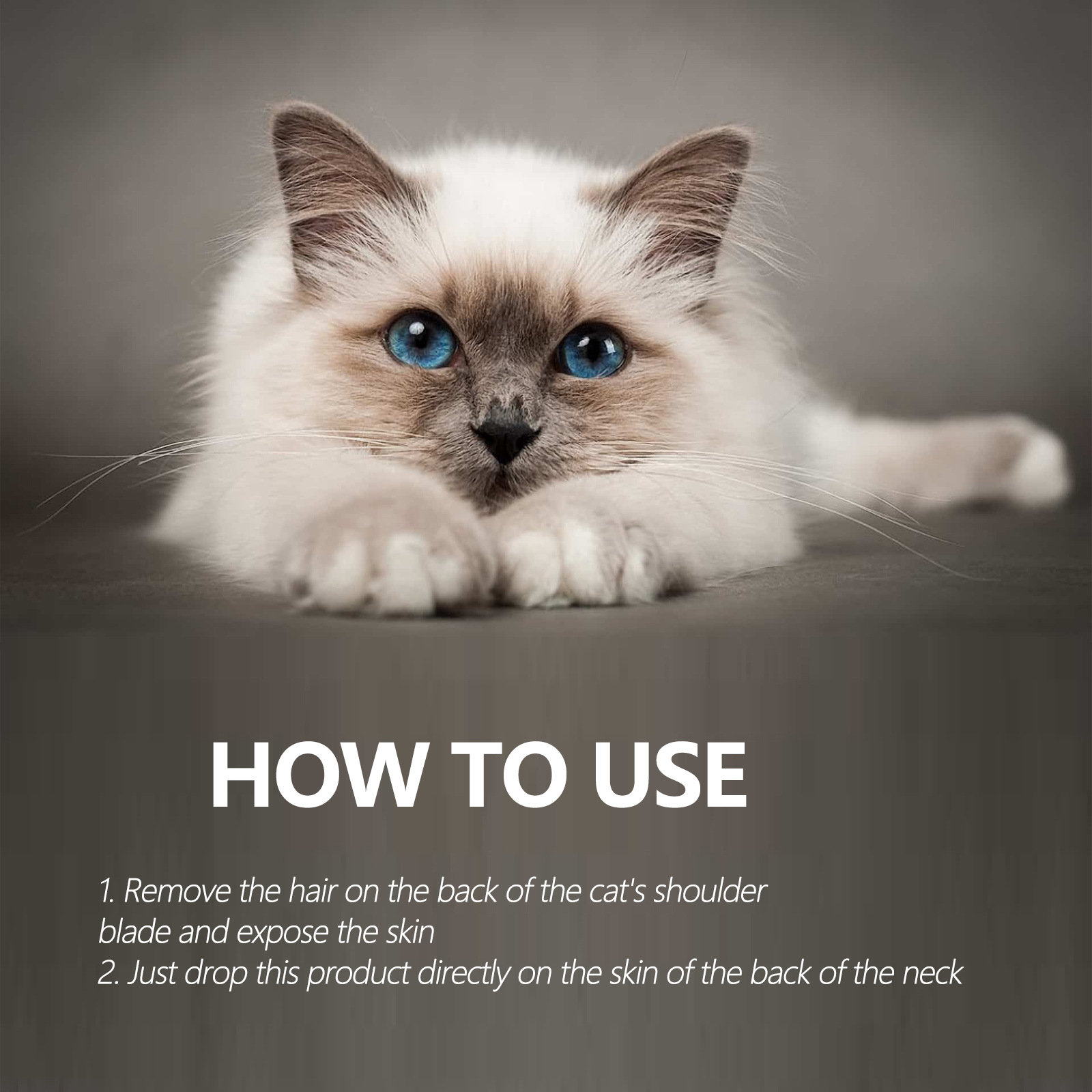The Ultimate Guide on How to Properly Pet a Cat: Tips and Techniques for Happy Felines**
Guide or Summary:Recognizing Cat Body LanguageChoosing the Right MomentStarting with Gentle TouchesPaying Attention to FeedbackCreating a RoutineUsing Treat……
Guide or Summary:
- Recognizing Cat Body Language
- Choosing the Right Moment
- Starting with Gentle Touches
- Paying Attention to Feedback
- Creating a Routine
- Using Treats and Rewards
- Understanding Individual Preferences
- Conclusion: Enjoying the Bond with Your Cat
**Introduction: Understanding How to Properly Pet a Cat**
When it comes to our feline friends, knowing **how to properly pet a cat** can make all the difference in creating a bond and ensuring their comfort and happiness. Cats are unique creatures with their own set of preferences and behaviors, and understanding these can enhance your relationship with them. This guide will delve into the best practices for petting a cat, ensuring you both enjoy the experience.
Recognizing Cat Body Language
Before you start petting a cat, it's crucial to understand their body language. Cats communicate a lot through their movements and posture. For instance, a cat that approaches you with a relaxed body and purring is generally open to being petted. Conversely, a cat that hisses, swats, or has an arched back is indicating discomfort or a desire to be left alone. Recognizing these signs will help you determine when and how to initiate contact.

Choosing the Right Moment
Timing is everything when it comes to petting a cat. Cats are independent creatures and may not always be in the mood for affection. Look for moments when your cat is calm, such as after a meal or during a quiet afternoon. Approaching your cat during these times increases the likelihood that they will enjoy your touch.
Starting with Gentle Touches
Once you’ve identified a good moment, start by offering your hand for the cat to sniff. This allows them to get used to your presence. When you begin to pet, use gentle strokes, starting from the head and moving down the back. Most cats enjoy being petted around the cheeks and under the chin. Avoid sensitive areas like the belly and tail unless you know your cat well and they are comfortable with it.
Paying Attention to Feedback
As you pet your cat, pay close attention to their reactions. If they lean into your hand, purr, or knead with their paws, these are signs they are enjoying the interaction. However, if they start to twitch their tail or pull away, it’s best to stop. Each cat has its own preferences, and being attuned to their feedback is essential for a positive experience.

Creating a Routine
Cats thrive on routine, and establishing a regular petting schedule can help them feel more comfortable. Set aside specific times each day for petting sessions to help your cat anticipate and enjoy these moments. This can also strengthen your bond over time, as your cat learns to associate you with positive experiences.
Using Treats and Rewards
Incorporating treats into your petting sessions can enhance the experience for your cat. Offering a small treat while you pet them can create a positive association with the interaction. This approach is particularly useful for shy or anxious cats, as it can help them feel more secure and willing to engage.
Understanding Individual Preferences
Every cat is unique, and their preferences for petting can vary widely. Some cats may enjoy long, gentle strokes, while others prefer quick, light touches. Take the time to observe your cat’s behavior and adjust your technique accordingly. Over time, you will learn their likes and dislikes, making your interactions more enjoyable for both of you.

Conclusion: Enjoying the Bond with Your Cat
Learning **how to properly pet a cat** is an essential skill for any cat owner. By understanding their body language, choosing the right moments, and being attentive to their feedback, you can create a nurturing environment that fosters trust and affection. Remember, the key to successful petting is patience and respect for your cat’s individual preferences. With these tips, you can enjoy many happy moments with your feline companion.